HOME > Product List > Veterinary medicine >
- PREVIOUS:Clindamycin Phosphate
- NEXT:Roxithromycin
Chloramphenicol
$20 $0 MORE & SAVE!BULK QUANTITY DISCOUNT RATES
Chloramphenicol is a broad-spectrum antibiotic that exerts its effect by inhibiting bacterial protein synthesis.
Product Details
I. Basic Information
Chemical Name: D - threo -(-)-N-[[α-(hydroxymethyl)-β-hydroxy - p - nitrophenethyl]-2,2 - dichloroacetamide
Molecular Formula: C₁₁H₁₂Cl₂N₂O₅
Molecular Weight: 323.13 g/mol
CAS Number:56-75-7
Properties: Common dosage forms include injections (sodium succinate salt), eye drops, eye ointments, and oral preparations (such as chloramphenicol palmitate suspension). The pure product is a white crystalline powder, slightly soluble in water.
II. Pharmacological Effects
Antibacterial Spectrum
Broad - spectrum Antibacterial:
Gram - negative bacteria: It has a strong effect on Salmonella typhi, Salmonella paratyphi, Haemophilus influenzae, Neisseria meningitidis, and Neisseria gonorrhoeae.
Gram - positive bacteria: It is effective against Streptococcus pneumoniae, Streptococcus hemolyticus, and Staphylococcus. However, due to drug resistance, it is not currently the first - choice drug.
Others: Rickettsia, Chlamydia, Mycoplasma, Spirochete, Actinomyces, and some anaerobic bacteria (such as Bacteroides fragilis).
Characteristics of action: It has a specific effect on Salmonella typhi (typhoid bacillus) and was once the first-choice drug for the treatment of typhoid fever (now, due to drug resistance, fluoroquinolones or third-generation cephalosporins are mostly used instead).
III. Clinical Applications
1. Indications (strictly restricted use)
Infectious diseases:
Typhoid and paratyphoid: Use only when infected with sensitive strains and the patient is allergic to or intolerant of fluoroquinolones and cephalosporins.
Rickettsial diseases (such as typhus, scrub typhus): When alternative drugs (such as doxycycline) are unavailable.
Bacterial Meningitis: Caused by Neisseria meningitidis or Haemophilus influenzae, and in patients allergic to penicillins (to be used in combination with other drugs).
Ocular Infections: Eye drops or eye ointments are used for conjunctivitis, keratitis, trachoma, etc. (Systemic toxicity of topical medications is relatively low).
Others: For a few anaerobic infections (such as intra - abdominal infections), relapsing fever, brucellosis, etc., selection should be based on drug sensitivity results.
2. Dosage Forms and Administration Methods
Injection (Chloramphenicol Sodium Succinate):
For intravenous drip, the daily dosage for adults is 2 - 3 g, divided into 2 - 4 administrations; for children, it is 25 - 50 mg/kg per day, divided into 4 administrations.
It needs to be diluted with normal saline or glucose injection, and the infusion time should be no less than 1 hour.
Oral preparations:
Adults: 1 - 2 g daily, taken in 4 divided doses; Children: 25 - 50 mg/kg daily, administered in divided doses (Currently, the oral dosage form has been withdrawn from the market in some countries).
Topical preparations:
Eye drops: 1 - 2 drops each time, 3 - 5 times a day; Eye ointment: Apply once every night, inside the eyelids.
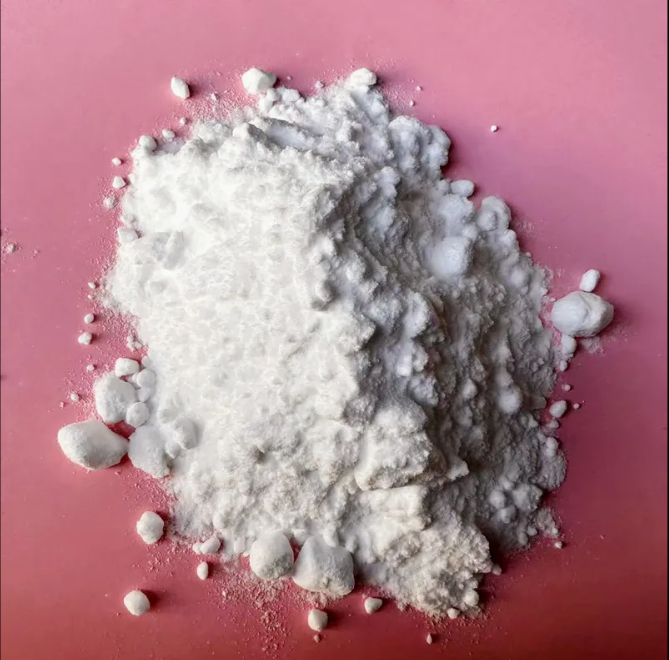


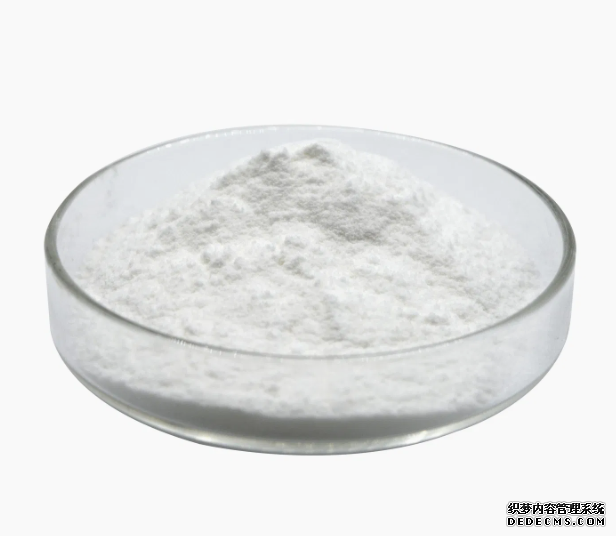
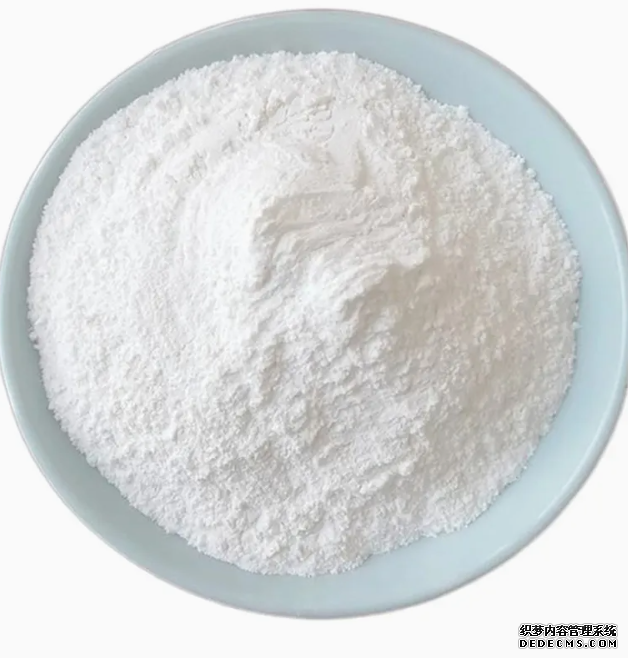
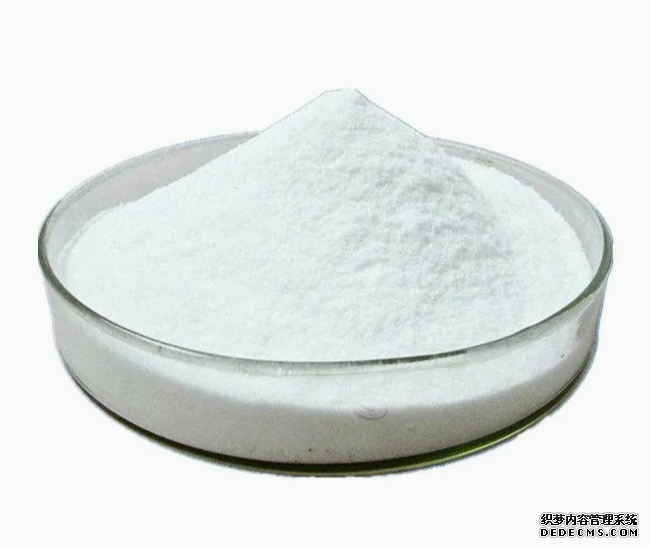
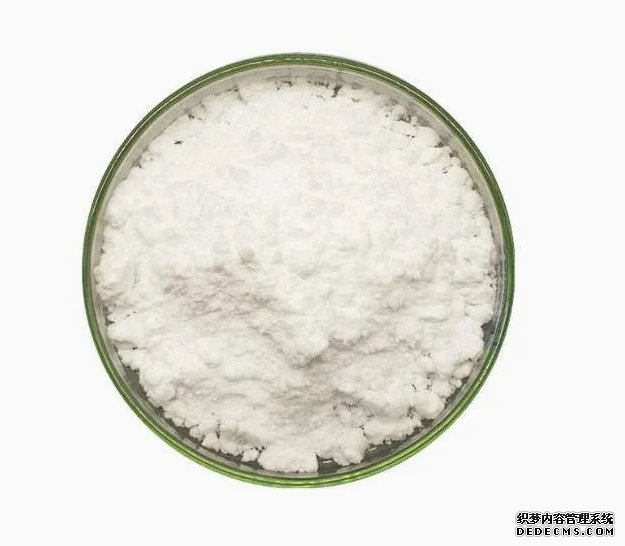


 QQ客服
QQ客服